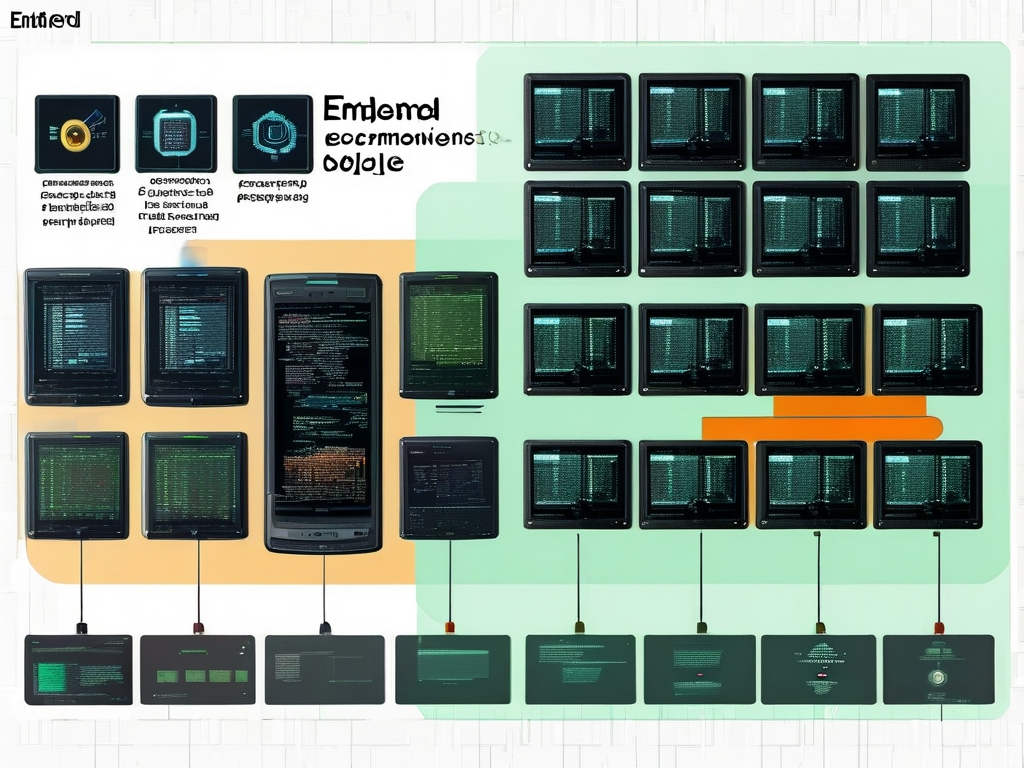In recent years, Nanning, the capital of China’s Guangxi Zhuang Autonomous Region, has quietly emerged as a significant player in the global embedded technology sector. Specializing in the development and sales of embedded modules, the city is leveraging its strategic location, policy incentives, and growing technical expertise to carve out a niche in this highly competitive industry. This article explores how Nanning is positioning itself as a hub for embedded module innovation, the challenges it faces, and the opportunities it offers to global tech enterprises.
The Rise of Embedded Systems in Nanning
Embedded modules—compact computing systems designed for specific functions within larger devices—are foundational to modern technologies like IoT, robotics, and smart manufacturing. Nanning’s journey into this field began with the Chinese government’s push to develop the “Digital Silk Road,” which prioritized technological infrastructure in southwestern China. Local universities, such as Guangxi University and Nanning University, established research centers focused on embedded systems, fostering collaboration between academia and industry.
The city’s proximity to Southeast Asian markets has also been a catalyst. As multinational companies seek cost-effective yet high-quality embedded solutions, Nanning’s manufacturers have positioned themselves as reliable suppliers. Companies like Nanning TechCore and Guangxi Embedded Solutions have gained recognition for producing customizable modules for industrial automation, healthcare devices, and renewable energy systems.

Innovation-Driven Development
Nanning’s embedded module developers prioritize innovation to differentiate themselves. For instance, local firms are integrating AI-driven edge computing capabilities into their modules, enabling real-time data processing without relying on cloud servers. This is particularly valuable for applications in remote areas with limited connectivity, such as agricultural sensors or offshore energy installations.
One standout example is the “NexGen-EM1” module developed by Nanning TechCore. Designed for smart city infrastructure, it combines low-power consumption with 5G compatibility, making it ideal for traffic management systems and environmental monitoring. Such innovations have attracted partnerships with European and ASEAN tech firms, further boosting Nanning’s global profile.
Government Support and Industrial Clusters
The Guangxi government has implemented policies to accelerate growth in the embedded technology sector. Tax breaks, R&D subsidies, and streamlined export procedures have encouraged both startups and established companies to invest in Nanning. Additionally, the Nanning High-Tech Industrial Development Zone now hosts over 50 embedded tech companies, creating a synergistic ecosystem for collaboration.
A key initiative is the “Nanning Embedded Technology Alliance,” a public-private partnership that connects module developers with hardware suppliers, software engineers, and international distributors. This alliance has reduced production costs by 15–20% for members while improving time-to-market for new products.
Challenges and Solutions
Despite its progress, Nanning faces hurdles in scaling its embedded module industry. Talent retention remains a concern, as skilled engineers often migrate to tech hubs like Shenzhen or Beijing. To address this, local universities have launched specialized embedded systems programs, often in partnership with companies like Huawei and Siemens, to train students in cutting-edge technologies.
Another challenge is intellectual property (IP) protection. As Nanning increases its global exports, ensuring compliance with international IP standards is critical. The city has responded by establishing an IP arbitration center and offering legal advisory services to tech firms, enhancing trust among foreign clients.
Market Opportunities
The global embedded systems market, projected to reach $160 billion by 2030, presents vast opportunities for Nanning. Southeast Asia’s rapid digital transformation—especially in smart manufacturing and IoT—aligns perfectly with the city’s strengths. For example, Vietnamese automaker VinFast recently partnered with Nanning’s Guangxi Embedded Solutions to develop control modules for electric vehicles, highlighting regional demand.

Moreover, Nanning’s focus on sustainable technology resonates with global trends. Modules optimized for solar energy systems or waste management automation are gaining traction in markets like Germany and Japan.
Future Outlook
Looking ahead, Nanning aims to become a “Silicon Valley for Embedded Tech” in Asia. Plans include expanding its industrial parks, launching an annual Embedded Technology Expo, and increasing cross-border e-commerce platforms for module sales. With continued investment in R&D and international collaboration, the city is poised to redefine its role in the global tech supply chain.
In , Nanning’s embedded module development and sales sector exemplifies how regional cities can drive technological innovation. By combining local expertise, strategic policies, and global market insights, Nanning is not just keeping pace with the embedded systems revolution—it’s helping to lead it.




